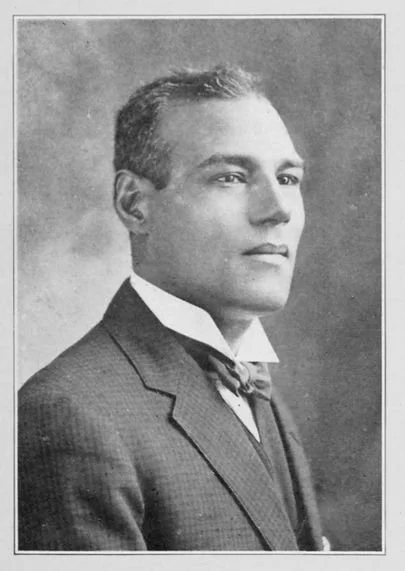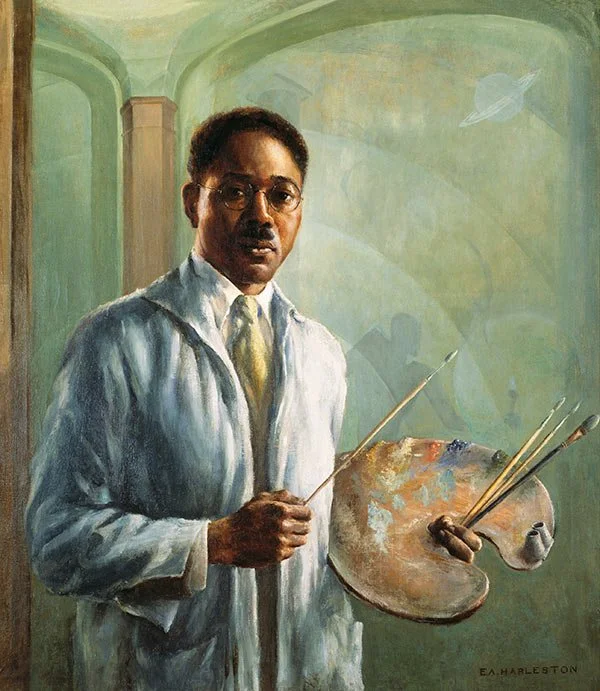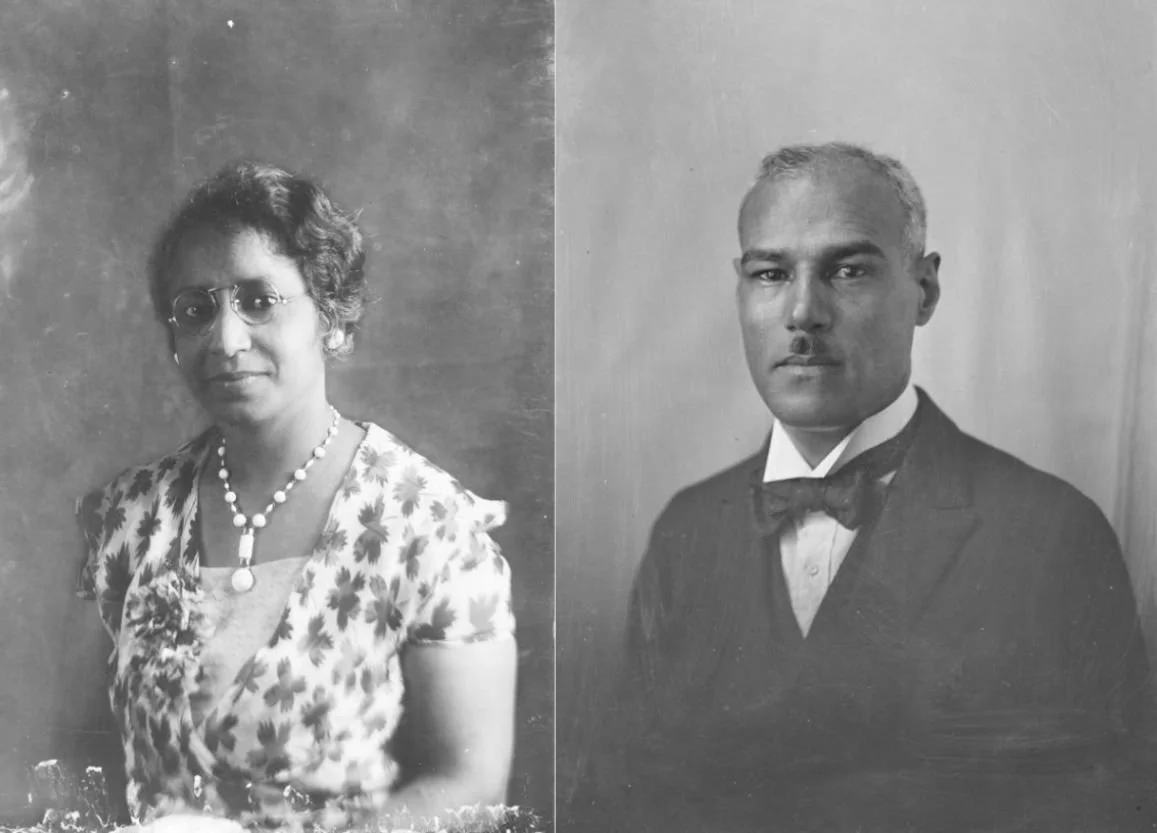Charleston Renaissance: Edwin A. Harleston
Edwin Augustus Harleston was an artist active in Charleston in the 1920s, but as an African American painter and activist, his work and legacy is typically excluded from the whites-only Charleston Renaissance movement.
Edwin “Teddy” Harleston was born in 1882 to a prosperous Black Charleston family: his mother came from a family of several generations of free African Americans; his father was a successful former schooner captain, the descendent of a plantation owner and an enslaved woman. The Harleston family owned and operated the Harleston Funeral Home, and while Edwin’s greatest passion lay in painting, he was also trained to one day take over the family business.
Edwin was a brilliant and dedicated student, earning a scholarship to the Avery Normal School (today the Avery Research Center for African American History and Culture) and graduating as valedictorian in 1900. He went on to study chemistry and sociology at Atlanta University, where he met W.E.B. DuBois, who would become a lifelong friend and influence on Harleston, particularly in his activism work. Despite his background in chemistry and his family’s funeral home business awaiting his return, Harleston’s lifelong love of drawing and painting led him to pursue formal training in art. Upon being admitted to Harvard, he moved to Boston, but found that the university would not accept his previous qualifications since they came from Black schools. Instead, he studied - the only black student in the class, and under all-white teachers - at the School of the Museum of Fine Arts, Boston, and later at the Art Institute of Chicago.
Harleston saw the beginning of a promising art career in Boston, but by 1913 he returned to Charleston, after his father had pressured him to help take care of the family and run the funeral home. His father sent him to New York to attend mortuary school, an education which Edwin did not love but nonetheless excelled in, achieving accolades in his class. During his time in New York, his then-girlfriend Elise Forrest moved from Charleston to Long Island to be near him. Edwin encouraged Elise to study photography, and she enrolled at the E. Brunel School of Photography in New York, learning studio practices and making portraits that aided Edwin in his painting practice. The couple married in 1920, and when they returned to Charleston, opened Harleston Studio at 118 Calhoun St, across from the family’s funeral home.
Though Harleston was a gifted portrait painter and continually sought commissions, he struggled to make a living solely through art. Running the funeral home took up most of his time, and Edwin found it difficult to work as a portrait painter in Charleston, as racial prejudices impeded his access to most higher-paying commissions. Despite this, he continued to paint: he and Elise ran the studio for a decade, creating the first public art establishment for Charleston’s African American society. Here they offered both photographic and traditional portraits, rendered in paint and pastels. Elise is considered the first African American woman photographer in South Carolina, and her works often formed the basis of Edwin’s paintings. Edwin also painted landscapes and scenes from everyday life in Charleston, representing African Americans in the city respectfully and realistically, rather than as stereotypes or caricatures.
In addition to his work in the funeral home and studio, Harleston was active in local civil rights movements, serving as president of Charleston’s branch of the NAACP and working to get the local public school system to hire Black teachers. Racial prejudice and segregation had prevented Harleston from getting the recognition he deserved: he had been hired based on his work for high-profile commissions that either backed out or refused to pay when it was realized that he was Black; and the same attitudes blocked a planned 1926 exhibition of his work at the Charleston Museum that had been organized by Laura Bragg and promoted by the mayor. Other well-known names within the artistic and social circles of the Charleston Renaissance knew of and admired Harleston and his work, but did not actually meet with him or include him or Elise, despite their contributions to Charleston’s creative scene.
Elise Forrest Harleston and Edwin Augustus “Teddy” Harleston
Edwin died in 1931 of pneumonia at the age of 49. Elise left Charleston and her photographic career behind, and is said to have never spoken of her photography or life with Edwin again. While they may not traditionally be considered part of the Charleston Renaissance, their work left a legacy in the city and their story deserved to be told.
More South Carolina Artists:
Alfred Hutty | Alice Ravenel Huger Smith | Elizabeth O’Neill Verner | Anna Heyward Taylor | Ned Jennings | William Halsey | Jasper Johns | Merton Simpson









